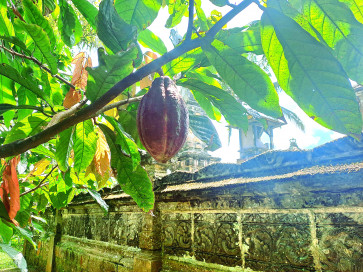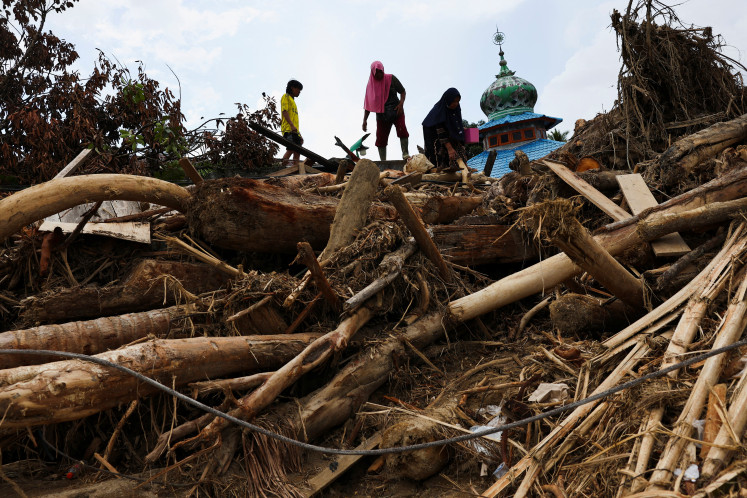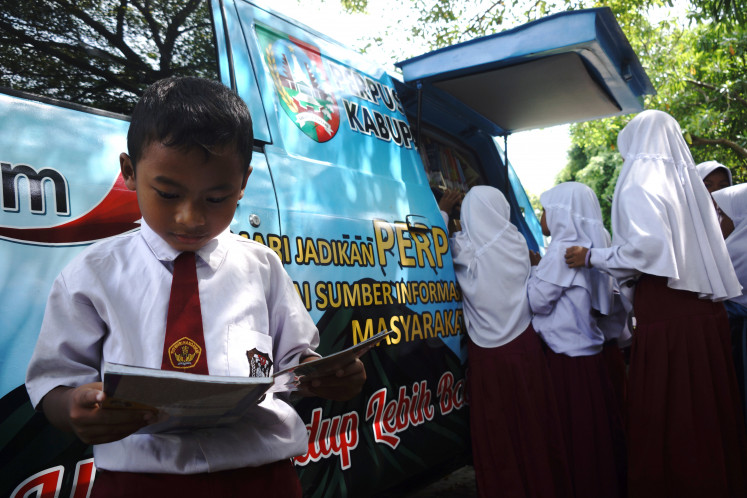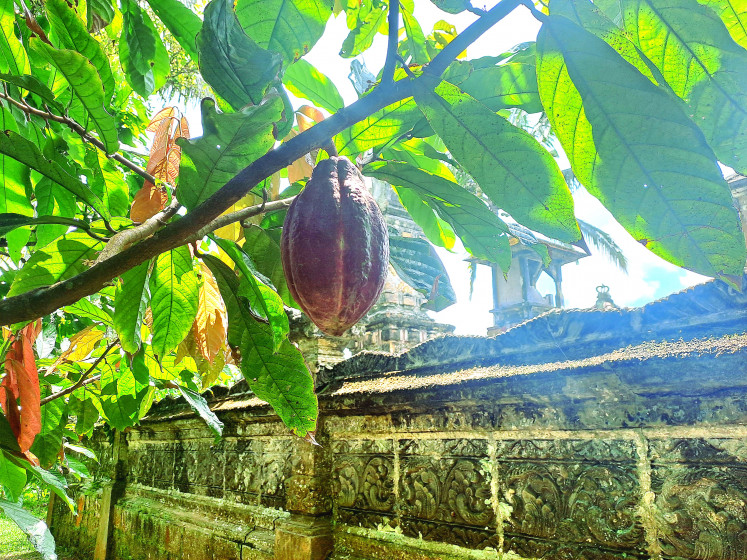Popular Reads
Top Results
Can't find what you're looking for?
View all search resultsPopular Reads
Top Results
Can't find what you're looking for?
View all search resultsDrought looms in East Nusa Tenggara
A resident of East Nusa Tenggara walks across a rice field that has dried out following months of low rainfall in the province
Change text size
Gift Premium Articles
to Anyone
A
span class="caption">A resident of East Nusa Tenggara walks across a rice field that has dried out following months of low rainfall in the province. East Nusa Tenggara deputy governor Benny A. Litelnoni said on Monday that parts of the province risked seeing harvest failure and food shortages this year. (Tempo)
Despite the rainy season having begun, rain still has yet to fall on East Nusa Tenggara, threatening swathes of the province with drought.
'No rain has fallen yet in most of East Nusa Tenggara even though it's already January. This year, our province may face harvest failures and food shortages,' East Nusa Tenggara deputy governor Benny A. Litelnoni told journalists in Kupang on Monday.
As an anticipative measure, he said, the provincial administration had coordinated with regency and municipal administrations to register areas at risk of harvest failure and food shortages.
The most at-risk areas, Benny said, included Timor Tengah Utara and Timor Tengah Selatan regencies in Timor, Sumba Timur regency in Sumba and Flores Timur, Lembata and Sikka regencies in Flores.
'Farmers in several areas have begun to plant food crops but the low rainfall has dried plants out,' he said.
The deputy governor added that the East Nusa Tenggara administration would assess necessary preparations to provide assistance to local residents in 23 regencies and municipalities threatened with food shortages; the administration, he said, would provide seeds as well as food to ensure subsequent food security.
Lasiana climatology station head July Setiyanto said one of El Niño's major impacts was a serious reduction in rainfall in areas across Indonesia, including East Nusa Tenggara.
The rainy season had in fact begun in the province on Dec. 13, July said, but the weather phenomenon had caused rainfall to drop to negligibly low levels.
'The beginning of our rainy season was in December last year but because of the impacts of El Niño, which will continue until February 2016, rainfall remains very low,' he explained.
The effects of El Niño were different from one area to another depending on local conditions, he said, adding, however, that the most general and widely felt impact was on agriculture.
'The situation poses a major problem for agriculture, because there's less and less water available,' July noted. (ebf)










